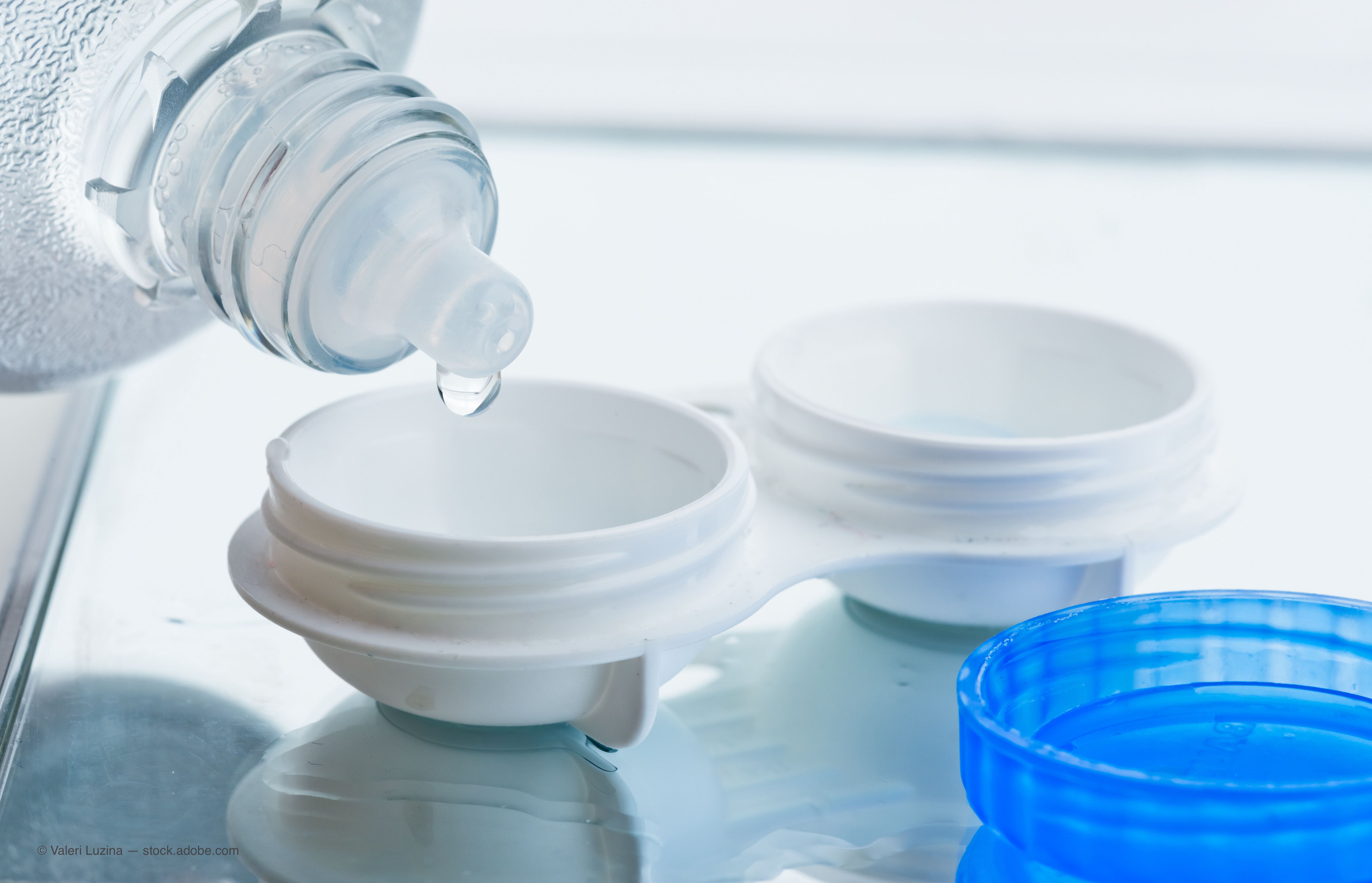Bausch + Lomb launches latest Biotrue contact lens solution in US
New solution contains 25% more moisture, company says.

Bausch + Lomb announced on Thursday the US launch of its newest addition to the BioTrue Multi-Purpose Solution brand: Biotrue Hydration Plus Multi-Purpose Solution.
The solution—inspired by the biology of the eye—is formulated with 25% more hyaluronan, a moisturizer that is naturally found in tears to keep moisture in contact lense. It also matches the pH of healthy tears, according to a news release.
Additionally, the solution contains a combination of ingredients informed by the Tear Film and Ocular Surface Society’s DEWS II report, which include potassium—an electrolyte, found naturally in tears and plays a key role in ocular surface homeostasis—and erythritol, an antioxidant that protects HA against free radicals and also helps maintain ocular surface homeostasis, according to the release.
One-third of the 45 million contact lens wearers in the US experience contact lens dryness, according to Joe Gordon, president, Global Consumer, Surgical and Vision Care at Bausch + Lomb, in the release.
"This new solution provides the lenses with more moisture for 12 hours—potentially a full day of wear—which can make for a positive overall lens wearing experiencem," he stated.
Available at most US national retailers, the Biotrue Hydration Plus Multi-Purpose Solution cardboard box and solution bottle are able to be recycled via standard recycling, according to the release.
However, small pieces of plastic—such as caps and lens cases that come as part of the package—are often not large enough to be recycled through standard recycling.
Instead, these can be recycled free of charge through Bausch + Lomb’s Biotrue Eye Care Recycling program, which is the first and only eye care recycling program in the US.
Newsletter
Want more insights like this? Subscribe to Optometry Times and get clinical pearls and practice tips delivered straight to your inbox.